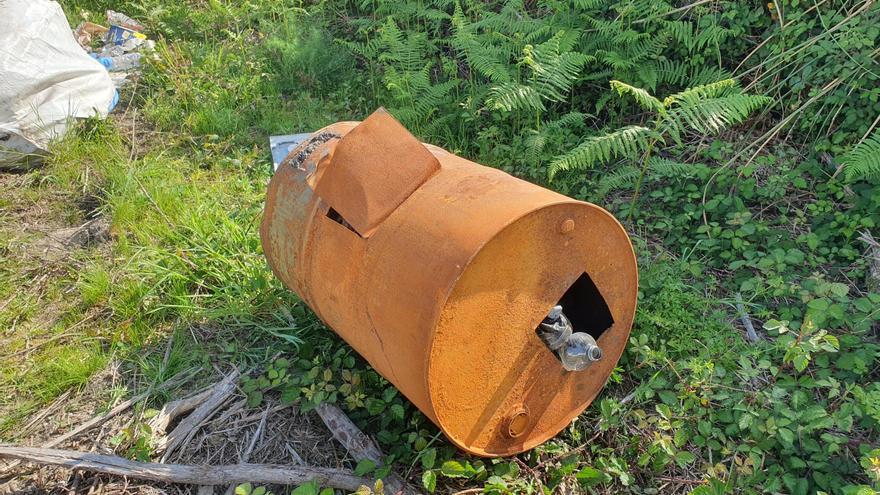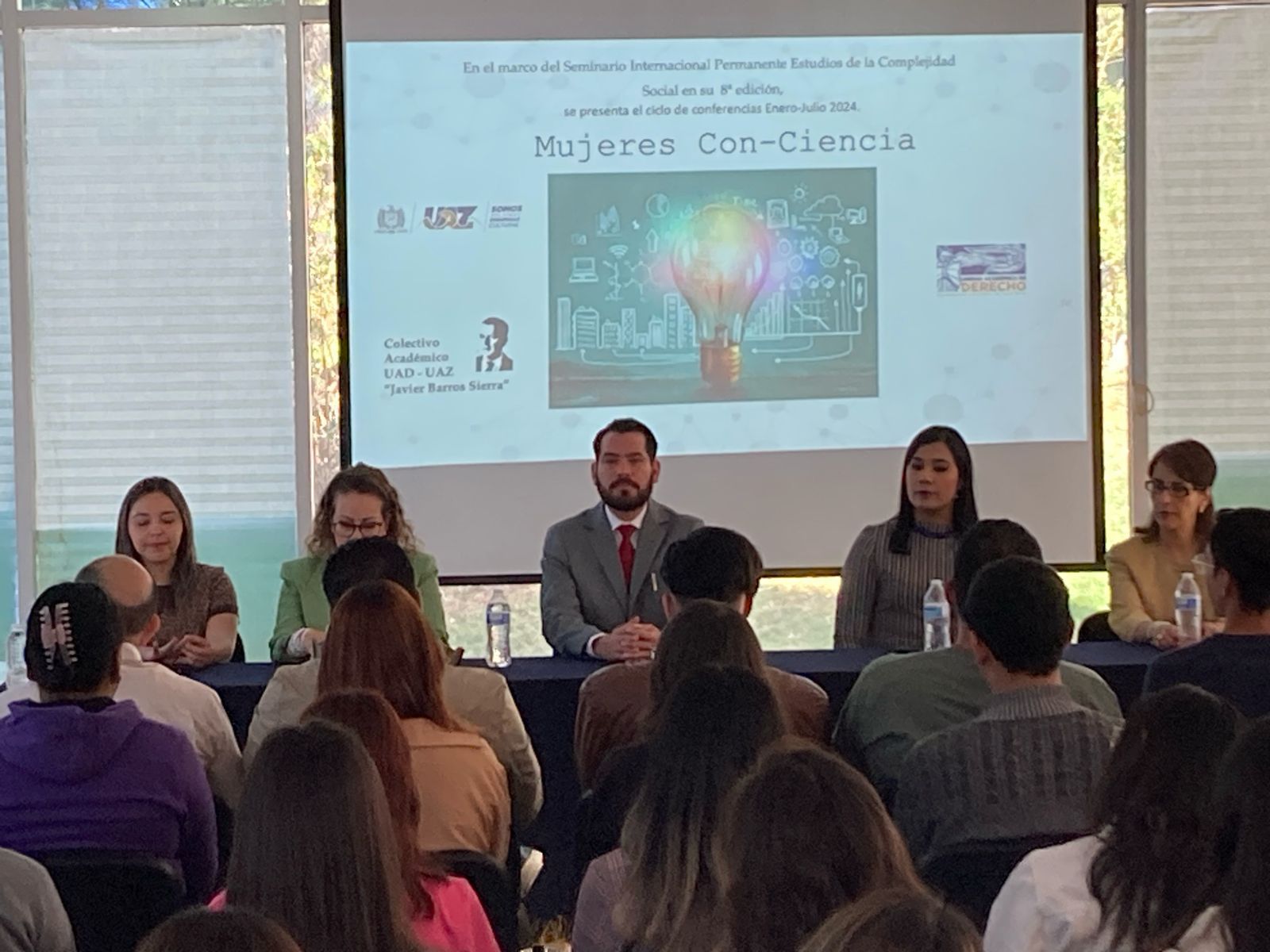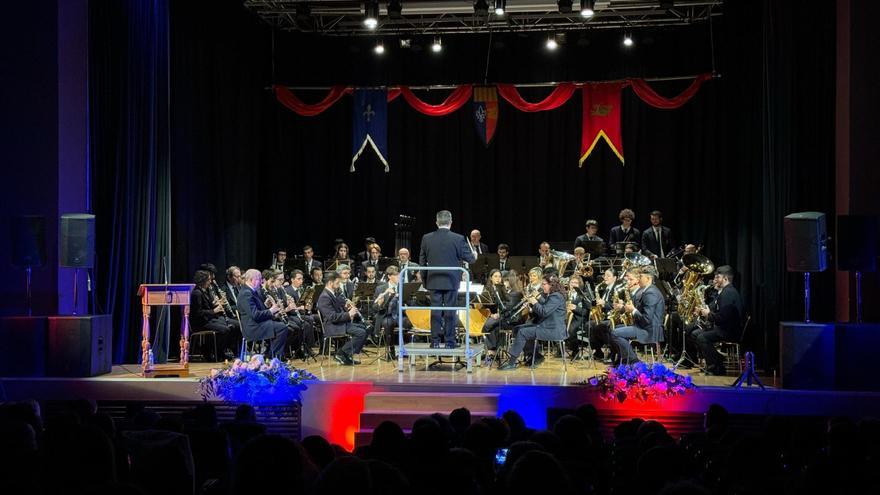The Trade Union Association of Airmen Pilots from Mexicoor (ASPA) stated that the redesign of the airspace in the Valley of Mexico is something that was needed and has been positive, it has also allowed for more miles to stabilize the approach to the capital airport.
“Previously, the turn was made at the height of World Trade Center which left too short for the runway, and now they give us 3 more miles to stabilize and arrive with the correct altitude and speed of the plane to our landing, “he said. José Suárez, spokesman for the organization.
Although, he commented that 13 days after its implementation it is too early to mention more advantages, so it will be throughout the months when you will have a greater knowledge of the benefits.
“In a technical way, as operators, as pilots it does not represent a major effort, the important thing is that the characteristics of the airspace comply with what the International Civil Aviation Organization (ICAO) regarding the separation ”, he expressed.
Nevertheless, commented that it will be in the rainy season when it will also be verified how it works, since, for example, airplanes cannot fly through storm clouds and must avoid them, as well as in winter when visibility is reduced, or during runway changes, among other factors.
In this sense, he mentioned that ASPA has asked the pilots and operators to generate reports on the operation of the redesign, in order to guarantee the safety of operations and efficiency, in addition to making it viable and producing the expected benefits.
“We are asking for reports to generate data and see how these arrival and departure models are behaving in different scenarios,” he explained in an interview with T21.
The SCT has informed that the benefits of this redesign will be reduction of up to 16% average aircraft flight time, greater efficiency in arrival and departure routes at each airport, reduction in operational delays, as well as in fuel consumption and emission of polluting gases and in interactions and workload for pilots and air traffic controllers.
On March 25, the Ministry of Communications and Transportation (SCT) started the first phase of the airspace redesign in the Valley of Mexico, which includes the operations of the international airports of the Mexico City (AICSUBWAY) and Toluca.
This new service will pay for air interoperability and facilitate the simultaneous, current and future work of the aforementioned airports and of Cuernavaca, Puebla and Querétaro.
José Suárez recalled that previously the approaches were based on a radio aid system, with antennas installed in different places from which the air routes were made.
“Implementing PBN approaches is something that Mexico City already needed, it also allows the creation of points where antennas were previously depended on. So you can now fly to more places ”.
Regarding the complaints from settlers due to the increase in noise brought about by the redesign, he commented that the International Airport of Mexico City (AICM) is located within the urban area and the approaches are made over the city, “inevitably the planes will having to pass over some point in the city ”.
Check here the schedule of: Logistics Business Dialogues.
Comment and follow us on Twitter: @evandeltoro / @ GrupoT21





